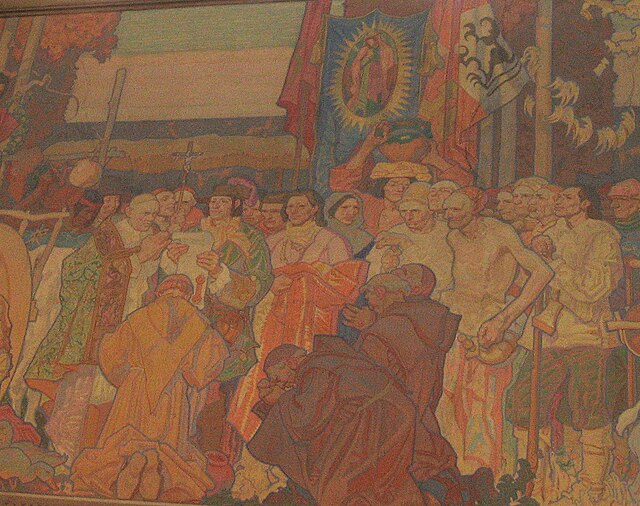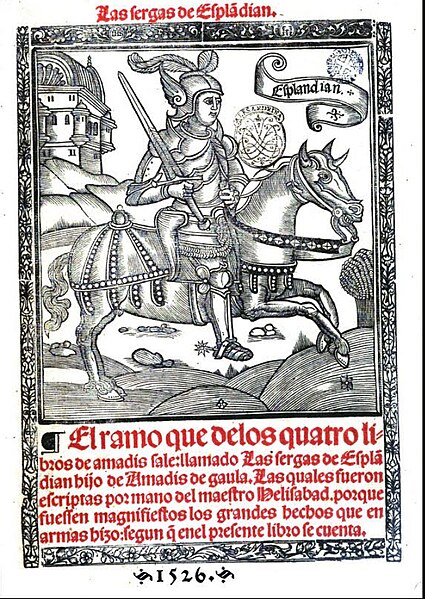Californios are Hispanic Californians, especially those descended from Spanish and Mexican settlers of the 17th through 19th centuries. California's Spanish-speaking community has resided there since 1683 and is made up of varying Spanish and Mexican origins, including criollos, Mestizos, Indigenous Californian peoples, and small numbers of Mulatos. Alongside the Tejanos of Texas and Neomexicanos of New Mexico and Colorado, Californios are part of the larger Spanish-American/Mexican-American/Hispano community of the United States, which has inhabited the American Southwest and the West Coast since the 16th century. Some may also identify as Chicanos, a term that came about in the 1960s.
Gaspar de Portolá led the 1769 Portolá expedition and served as the first Governor of the Californias.
Juan Bautista de Anza led the 1775–76 Anza expedition.
Mission San Carlos Borromeo de Carmelo, established in 1770, was the headquarters of the Californian mission system from 1797 until 1833.
The founding of Los Angeles by the Felipe de Neve and the Los Angeles Pobladores in 1781.
Spanish language in California
The Spanish language is the most commonly spoken language in California after the English language, spoken by 28.18 percent (10,434,308) of the population. Californian Spanish is a set of varieties of Spanish spoken in California, including the historical variety known as Californio Spanish.
The name of California and its ruler Queen Calafia, originate in Las Sergas de Esplandián, a 1510 Spanish chivalric epic written by Garci Rodríguez de Montalvo.
The first book published in California: "Manifesto a la República Mejicana" by José Figueroa, 1835.
Californian women's suffrage pamphlet written by María de López in 1911.
Bilingual sign where English and Spanish are displayed equally in size and font; the Colorado Desert in Southern California.








